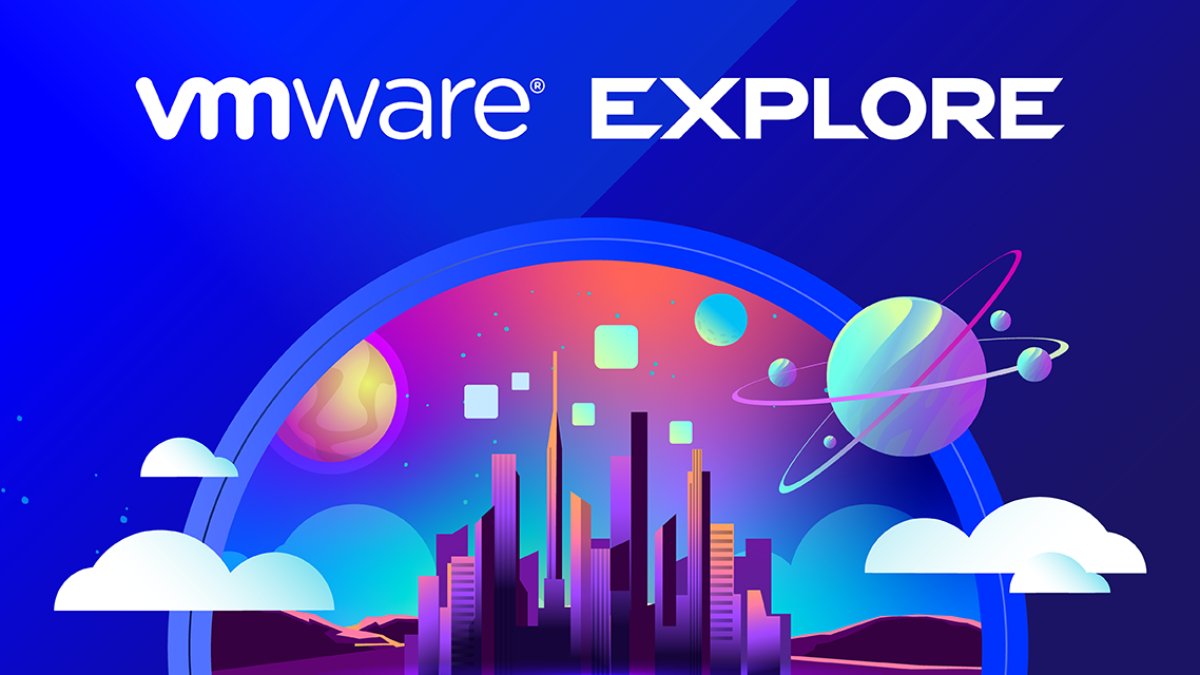by Nathan Bennett, Cloud-Practice Lead, Sterling
I got to go ‘backstage’ again this year at VMware Explore, meeting up with VMware’s Tech-Management and Marketing groups and getting a sneak peek of what will be revealed at the show.
Long story short: there will be many announcements – on everything from storage, to networking, automation, modern applications, and more. It’s a lot, and there’s no real sign that VMware is slowing down on their development of new solutions for customers.
The Tanzu app suite is adding new services — almost ten in total. And that’s not the only platform expanding: the Aria Suite cloud-management portfolio [formerly vRealize] is adding more services, and so is NSX, VMware’s network virtualization and security platform.
These are great developments, and each could merit a blog itself, but rather than discuss them here, let’s talk first about what these announcements mean overall. Let’s not hide the fact that the Broadcom transition is looming in the near future and that Broadcom CEO Hock Tan’s history of acquisitions doesn’t give us much confidence about these new services in the long term. Let’s focus instead on what should last.
Networking
One of the programs I was most excited to hear about this year was Project Northstar. What is it? In plain language, it’s the global management of NSX across multiple “clouds.” NSX+ is starting with only on-premises locations, but I can easily see this moving into VMC on AWS in the immediate future as VMware uses the NSX backbone for its internal networking. NSX+ follows vSphere+, VSAN+, VCF+, and other suites, in which the VMware cloud console is the single centralized pane of glass for management of different locations. Within NSX+ you can build networking and security for your data centers. It also comes with a new function: NSX VPC (Virtual Private Cloud). The VPC is like a public-cloud solution, in which you can create a network-segmented area and cordon it off from the rest of the data center, allowing tenants to build solutions within that VPC. This can be done through the platform and was demoed for us that way.
With the NSX+ solution and the ability to build networking and security centrally, you might wonder where the mesh to connect the data centers is. This is where VMware HCX+ comes in. Announced previously, HCX+ will be demoed in multiple sessions at Explore to show how workloads can be migrated from data center to VMC (VMware Cloud), and VMC to another VMC, and back and forth. The solution is utilized for pushing workloads as required. Note that I said pushing, as pull is not currently viable. HCX+ is a migration tool and not a disaster-recovery tool, so it’s best not to blur the lines with these solutions.
Keep an eye out for the Tech Field Day session today, 8/22, where VMware will focus on NSX+ and the networking announcements for almost three hours. For me, this is probably the biggest multi-cloud announcement that will come from Explore.
Compute
For the vSphere part of the early sessions, the updates seem very iterative. The increase of speeds and feeds around vCenter and vSphere are nice to see, but the biggest announcement was the integration of Microsoft Entra ID (Azure AD) with vCenter SSO (single sign-on). This will allow you to login to vCenter, regardless of the AD requirements around you. This is a big win for those looking to connect Entra ID users to things like VMC on AWS solutions, where the AD is not provisioned with the cluster itself. On top of this, there are additional iterations being announced that involve less downtime for vCenter upgrades, additional announcements for DPU vendors, and more.
For Tanzu, there are further announcements in lifecycle management, as well as integration with NSX Advanced Load Balancer (formerly Avi) to networking to allow the ALB to go back to NSX where it belongs. Not a lot of amazing announcements, but solid iterations for the main software everyone knows from VMware.
Storage
There will be no shock in the room when you hear that vSAN continues to be in the magic quadrant for Gartner, and with the addition of vSAN 8.2, we’re seeing more iterative adjustments and additions to the service. The biggest announcement will come with vSAN Max, which will be utilized for disaggregate storage. If you’re reading this and wondering, “Didn’t we do this before —?” and “I thought HCI was going to fix this,” you may be correct. I find the use case for vSAN Max to be pretty stellar, but one that will be dependent on customer needs — so, not much of a game-changer. However, the additions to VMware’s ESA (Express Storage Architecture) are very much appreciated, allowing file storage on the platform, as well as adjustments for errors and remediation. There are many other additions to vSAN ESA. See them for yourself from VMware later today. All are welcome changes and additions to help customers with their HCI deployments.
Tanzu and Aria
VMware is not slowing down on their cloud management and modern applications development. Let’s start with Tanzu: There is no secret that VMware has wanted this platform to succeed — with the main amount of growth and new additions coming to their application and operations platforms. The point emphasized in the preview session was the change from DevOps to platform development. That’s to be expected, as the main criticisms laid at VMware’s door were that the platforms had just been ‘stitched together,’ instead of being built on their own. Well, that ends now. With TAP (the Tanzu Application Platform), a new developer GUI helps developers navigate the platform itself and integrate third-party solutions into the core pipeline. This is a great solution, considering that most platform engineers are building the platforms themselves and not buying out-of-the-box solutions to address their needs.
Iterations for Tanzu Service Mesh, Tanzu Kubernetes Operations, and more were also unveiled during our preview, but it’s more than I can cover in this blog. The most significant innovation is the adoption of Tanzu Mission Control (TMC), to be available for air-gapped environments. Administrators will be able to deploy and utilize Kubernetes clusters with namespaces that will allow for lifecycle management and centralized policy adherence. Probably the biggest announcements in this space for me were about the Aria insights and guardrails, as well as the ability to use generative AI for IaC (infrastructure as code). Aria Automation will soon be able to deploy public-cloud resources, and now, with GenAI, you are able to ask Aria to build a template for you, and it will! It’s a basic, well-put-together solution that fits customer needs and a new technology. AI and ML have been buzzwords for far too long, but this iteration and use-case is welcome and much needed for VMware’s success in this space.
All in all, VMware disclosed a number of great advancements in their preview sessions. Don’t stop at just reading this blog: More announcements will be made as the conference continues.
Broadcom will be taking over of VMware soon (provided no other blockers take place within the next quarter). During that time, we’ll see just how many of these Explore announcements make the cut.

